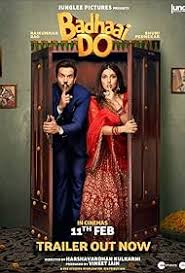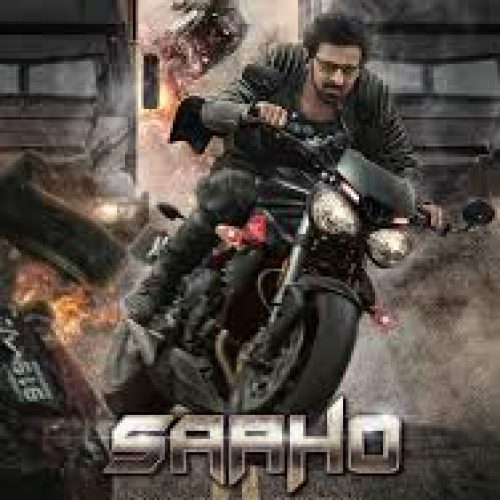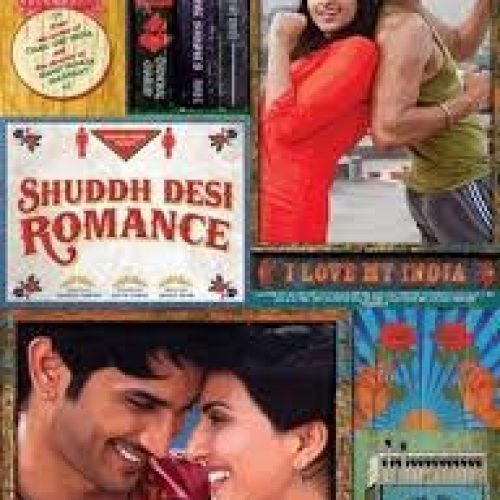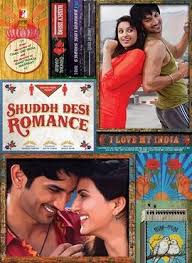Breaking the mold with humor and sensitivity, Badhaai Do offers an authentic, insightful look into societal taboos and individual identities. Directed by Harshavardhan Kulkarni, this heartfelt dramedy stars Rajkummar Rao and Bhumi Pednekar, set in modern-day India. With a story that combines elements of romance, comedy, and drama, the film skillfully addresses LGBTQ+ issues within traditional Indian society, delivering a narrative that balances realism with light-hearted moments, making it engaging and accessible to a wide audience. The film, primarily shot in picturesque locales in the hill city of Dehradun, keeps a contemporary aesthetic while grounding itself in relatable, everyday settings.
At the core of the story is the unlikely marriage between Shardul (Rajkummar), a police officer grappling with societal expectations, and Suman (Bhumi), a physical education teacher navigating her own conflicts around identity and acceptance. Both characters have hidden truths they wish to keep from their conservative families, and so they enter a “marriage of convenience” to avoid family pressure while still pursuing their respective personal lives. The plot follows the duo as they manage this façade, confronting the humor and tension of daily interactions, trying to strike a balance between fulfilling family expectations and staying true to themselves. The storyline delves into the complexities of their relationship with sensitivity, blending laughter with poignant moments that reflect the challenges faced by LGBTQ+ individuals in a largely conservative society.
One of the film’s standout aspects is the performance of Rajkummar and Bhumi, whose portrayals of Shardul and Suman are both nuanced and deeply empathetic. Rajkummar brings his characteristic depth to Shardul, who, despite his tough exterior, reveals layers of vulnerability and humor. Rajkummar’s ability to shift from comical awkwardness to intense sincerity makes Shardul a compelling, relatable character. Bhumi, on the other hand, brings a confident and sensitive edge to Suman. She embodies the character with grace, creating a balance of resilience and self-doubt that resonates throughout the film. Their chemistry is organic, capturing the unique camaraderie and occasional friction of two people bound by a shared secret. Both actors handle their roles with a delicacy that respects the characters’ emotional journeys, adding to the authenticity of the narrative without slipping into stereotypes.
Cinematography by Swapnil S. Sonawane enhances the film’s aesthetic appeal, capturing the cityscapes of Dehradun and the beauty of its surroundings with subtle artistry. The settings feel grounded and lived-in, emphasizing the contrast between public appearances and private struggles. Close-up shots often linger on the characters’ expressions, allowing their inner turmoil to shine through in quiet moments. The cinematographic choices reflect the warmth and simplicity of small-town India while also underscoring the isolation that comes with hiding one’s true identity in such environments. The lighting and framing of scenes are thoughtfully done, particularly during intimate scenes where Shardul and Suman reveal their vulnerabilities to each other.
The music by Amit Trivedi complements the film’s tone, capturing both light-hearted and emotional beats with songs that feel in sync with the narrative. Tracks like “Atak Gaya” and “Hum Rang Hain” add layers of charm and introspection to the storyline, reflecting the characters’ emotional landscapes and their evolving bond. The background score is understated, enhancing moments of tension and humor without overpowering the dialogues or scene setting. Trivedi’s work successfully brings out the essence of the characters’ journey and provides a melodic narrative backdrop, making the musical aspects of the film memorable without feeling out of place.
Direction by Harshavardhan Kulkarni deserves special mention for handling the delicate subject matter with both humor and sensitivity. Kulkarni strikes a fine balance between storytelling and social commentary, delivering a film that is thought-provoking without feeling preachy. The portrayal of LGBTQ+ struggles is nuanced and layered, avoiding clichés and stereotypes that could have easily overshadowed the story’s sincerity. Kulkarni’s direction allows the plot to unfold naturally, focusing on the characters’ emotional growth rather than forcing a political message. The approach feels refreshingly honest and adds to the film’s overall charm and impact, making it accessible and relatable to audiences of various backgrounds.
Costume design also plays an important role in defining the characters and grounding them in their setting. Shardul’s police uniforms and off-duty, casual attire reflect his practical, somewhat restrained lifestyle, while Suman’s wardrobe combines comfort with a slight modern edge, capturing her independent spirit. The characters’ clothing is thoughtfully designed to reflect their personalities and the societal expectations they face, further enhancing the film’s realism. The use of traditional and contemporary clothing throughout the film reinforces the contrast between appearances and personal identities, adding a subtle visual layer to the characters’ journeys.
Editing by Kirti Nakhwa maintains a steady pace, ensuring that scenes transition smoothly and keeping the focus on the film’s central themes. Nakhwa’s editing respects the narrative’s pacing, allowing important moments to breathe while ensuring that the plot remains engaging. The editing choices reflect the film’s blend of humor and drama, allowing audiences to enjoy lighter moments without losing sight of the characters’ emotional stakes. Certain sequences, such as family gatherings and private conversations between Shardul and Suman, are well-edited to highlight the humor and tension of these interactions, keeping the audience invested in the storyline.
Overall, Badhaai Do succeeds as an entertaining and impactful film that sensitively addresses LGBTQ+ issues within a mainstream Bollywood framework. The performances of Rajkummar and Bhumi, combined with thoughtful direction, cinematography, and music, make for a movie that’s as touching as it is entertaining. While certain parts of the plot may feel predictable, the emotional core and the characters’ journeys keep it compelling. This film is a refreshing take on love, identity, and acceptance, making it a valuable watch for anyone seeking both entertainment and substance. Recommended for those who enjoy family-centric dramas with a progressive touch, Badhaai Do stands as a film that, through humor and sincerity, captures the complexities of self-acceptance and societal expectations.







